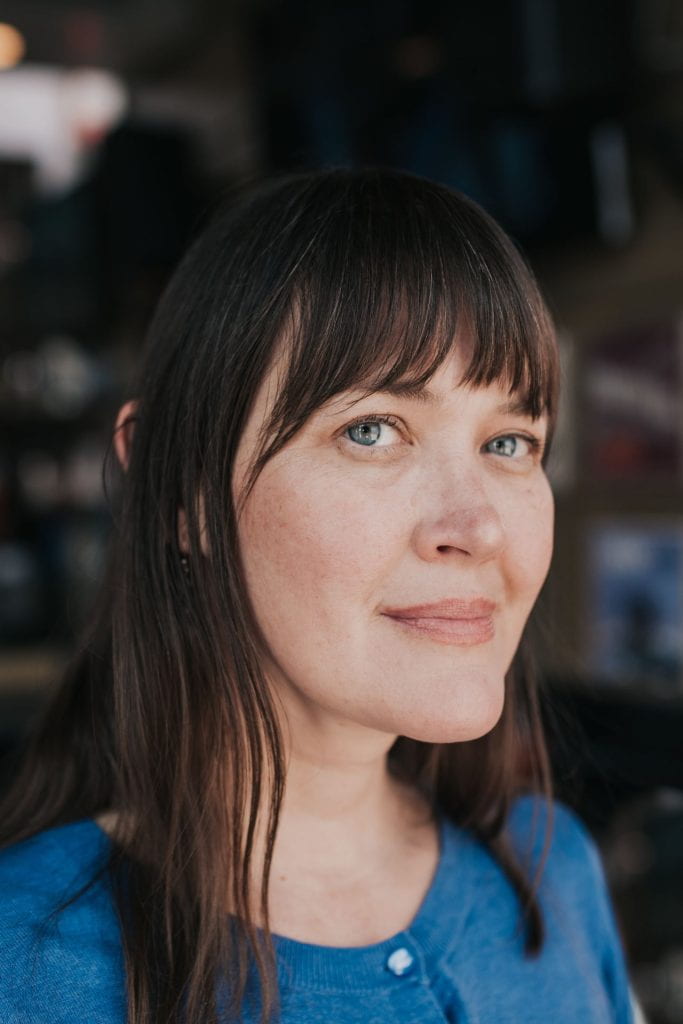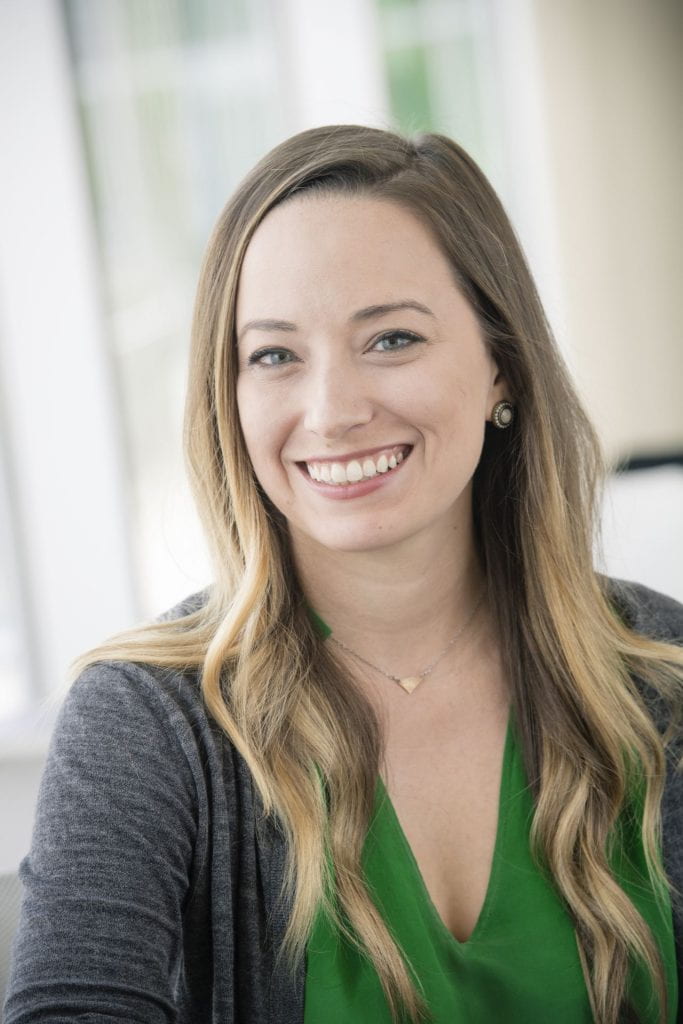
The term “professional writing” often invites a myriad of questions regarding what the field is about. You may imagine a person sitting at an ill-lit desk, penning legal documents for long periods of time. This was my exact perception of professional writing when I first applied for the concentration as an English major. As I declared my professional writing concentration, I could feel my identity as an artist start to regress. As infatuated as I was with the formalities of business writing, I couldn’t help but see this prospective career as a threat to my creative identity. I soon learned that there is more to this field than what I thought, both visually and rhetorically, and the artist in me still had a chance to strive.
The Ropes of Creating Documents
If you have been a student in one of UAB’s professional writing courses (specifically, Developing Digital Documents) you would know that students learn on the same publishing technologies that major businesses utilize. One of these is Adobe InDesign, which is used to create letterheads, business cards and other professional documents.
Those who have used this software can tell stories of its bugginess, not to mention the fear of misspelled words in the absence of a spellcheck function. While it might be a tedious digital environment, InDesign has always proven useful to the design-focused professional writer.
In a creative sense, InDesign gives the user free range to design a project from top to bottom—from formatting to color scheme. If someone were interested in designing a magazine using their school’s colors, they would have absolute control over the project’s end result. InDesign is a professional writer’s best friend in this regard. The author has creative control over how they would like their idea to be presented to the world in the same way an artist would.
The Importance of a Good Design
Imagine finding out that there is more to fonts than just fun lettering. Fonts have an emotive quality that sets the tone of a project’s design; professional writers have to make conscious decisions about the fonts they use within a document. These decisions tend to be more significant than whether Times New Roman or Papyrus is more fitting.
A font’s case, weight, width and style all factor into whether an audience will be receptive to the document. For example, the wispy elegance of a script font will not have the right impact for a business report in contrast to the stoicism of a sans serif font. In this way, typographic design is as important to a document as the actual content is.
Professional writing requires a person to master many tools and concepts in order for their work to be marketable. A painter would not be successful if he or she dabbled in realism yet was ignorant of the underlying structure of the human form. Likewise, if a professional writer has no grasp of rhetoric or basic document design, they will not survive in the corporate world. Though there is freedom for creativity in professional writing, there is a standard for marketable work.
The Art of Rhetoric
Rhetoric is an art in itself. Philosophers like Aristotle took pride in knowing the heuristics of persuasive diction. Students studying professional writing look to these philosophers to learn masterful rhetoric they use in business settings.
Visual Rhetoric, a professional writing elective, teaches students the importance of how words and images can create a persuasive message. Professional writers learn that a document is only impactful if it is well-prepared and has a rhetorically sound composition.
Conclusion
Taking professional writing classes has shown me that I am in a creatively stimulating field where both rhetorical and artistic skills are appreciated. As a writer, I actively search for more ways to influence readers with my words. Professional writing has given me new opportunities to do so when I create documents with visual appeal. With the support of the UAB English Department faculty, I know that I can make my mark in the job force with both my writing and design skills.





